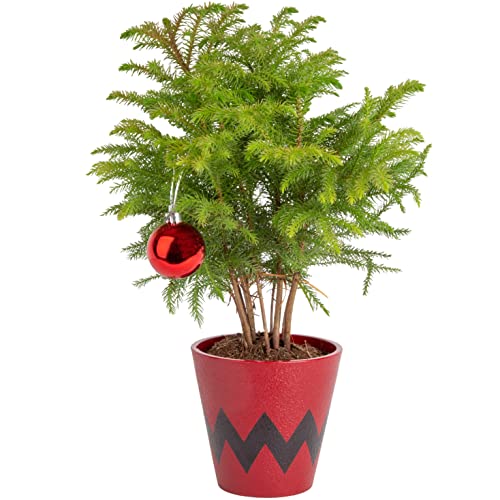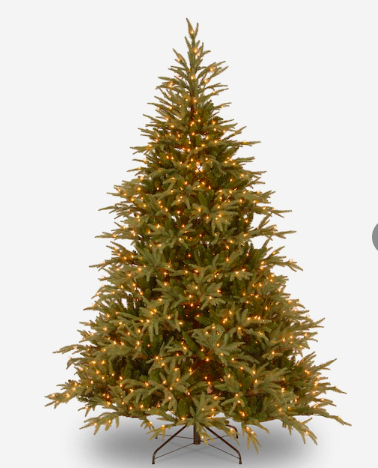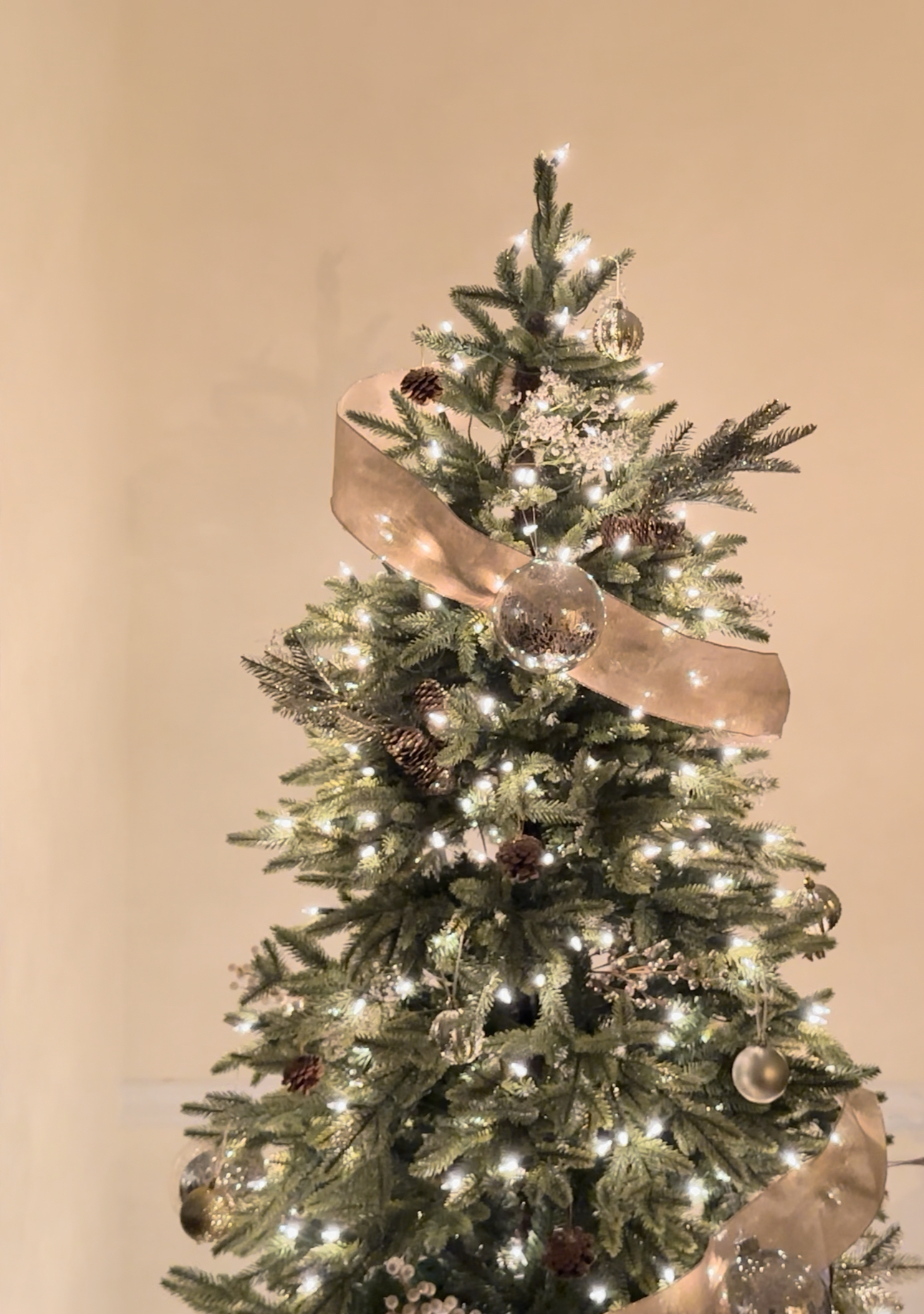“If you want the answer—ask the question.”
― Lorii Myers
I remember when my husband and I were expecting our first child. It was the holidays and I felt like we should slowly start getting into the holiday spirit. I purchased a small frosted Christmas tree for our tiny space and set it up in the living room.
Mid set up, the white frost was shedding everywhere. It got all over the floor, my clothes and in the air. I remember feeling nauseous and dizzy. I went out to our balcony for some fresh air and thought to myself, “Is that Christmas tree hazardous?”.
Well…
This year, I Googled it and this is what I discovered…
WHAT ARE ARTIFICIAL CHRISTMAS TREES ARE MADE OF?
China makes most of the artificial Christmas trees in the market and many of those trees are composed of two ingredients: polyvinyl chloride (PVC) and lead to treat/stabilize the PVC.
PVC is a plastic that is highly popular for its durability, lightweight and fire resistance. However, it is one of the most toxic plastics for our health and environment. Short-term exposure to high levels of vinyl chloride in the air can contribute to dizziness, drowsiness, and headaches. You can find PVC usage in almost, if not, every industry especially in the construction, plumbing and for other industrial applications (which is why I always have a headache leaving Home Depot). I
Unfortunately, you can even find it in children’s school supplies, tools and lunchboxes. PVC contains dangerous chemical additives which can include phthalates, lead, cadmium, etc., which can be toxic to your health but especially bad for children under the age of 6.
In extreme cases, exposure to PVC at high levels can be a death sentence. “People who breathe extremely high levels of vinyl chloride can die. Studies in animals show that extremely high levels of vinyl chloride can damage the liver, lungs, and kidneys. PVC has also been linked to the increased risk of cancerous health.
WHAT OPTIONS DO YOU HAVE?
Option 1: Go natural and purchase a real tree. Real Christmas trees are not made up of plastic, eliminating the risk of hazardous exposure. However, real Christmas trees may have pesticides and herbicides on them. A solution can be to buy trees from organic tree farms or trees with chemicals sprayed around them, not directly on them. Artificial trees actually do more harm to the environment than cutting natural trees grown on farms. However, they do come with a new set of pros and cons to consider.
Option 2: Purchase an artificial Christmas tree made up of polyethylene (PE) or polypropylene (PP). Both are still plastic but regulatory authorities have determined them to be non-hazardous by normal levels of exposure, which includes skin contact, inhalation and ingestion. However, there is no guarantee that PP and PE trees will be free of lead and flame retardants.
WHERE TO BUY SAFER TREES
100% Polyethylene
I did some research and PE/PP trees are not as popular (go figure!). If I did find a 100% PE tree, it was either highly thin and small in size or full but highly expensive. Lowes and Ikea have a good selection, as well as Balsam Hill. Here are the 100% PE trees that I found for you:




Mostly Polyethylene (51% and higher)
Many stores will simply list the composition of the tree as “plastic”, which is very broad. Balsam Hill does a great job of being transparent about the types of plastic used and their percentage. Here are some mixed plastic Christmas trees that I found for you:



MY CHRISTMAS TREE
I was in the market for an artificial Christmas tree that is:
- Made up of over 60% PE or PP
- Full in body
- Pre lit in soft white lights
- About 6ft tall
- Easy to assemble
- Sent with a storage bag
- Up to $500 in price

My search ended with this Balsam Hill Christmas tree. It is 84% PE with the needle tip delicately molded from real evergreen branches, and 16% Classic PVC Needles for added fullness.
I am very happy with my purchase and look forward to upgrading to their 100% PE Christmas tree in the future. This tree is considered a slim tree, but one that actually worked great for my space. The only con I have to mention is the noticeable separation between the top and bottom sectors of the tree. However, with some decor, I’ve been able to disguise it and have been very happy since.
SAFETY TIPS
If you would like to help minimize your exposure levels to PVC, here are some tips that you can do to protect yourself, your family and home:
- Wear a mask and gloves whenever interacting with the artificial tree
- Wash your hands after every tree interaction
- Do not let kids touch the tree
- Do not handle the tree if you are pregnant
- Use a quality air purifier in/throughout your home
- Clean floors, surfaces and countertops often
- If you are not sure if your tree is PVC made, contact the tree’s manufacturer for a more detailed answer
Sharing this information in hopes that we all create a demand for healthier artificial tree options in the marketplace. If you’d like to dive deeper on topics like this, I Read Labels For You is a great resource. We all deserve to be fully informed of what we are buying in order to make the right decision for ourselves. Knowledge is truly power.
Have a happy and safe
HOLIDAY SEASON!
I use affiliate programs to link all of my outfits or any content I post. These affiliate links are no charge to you, but I will make a small commission if you buy from any of the links I share.
